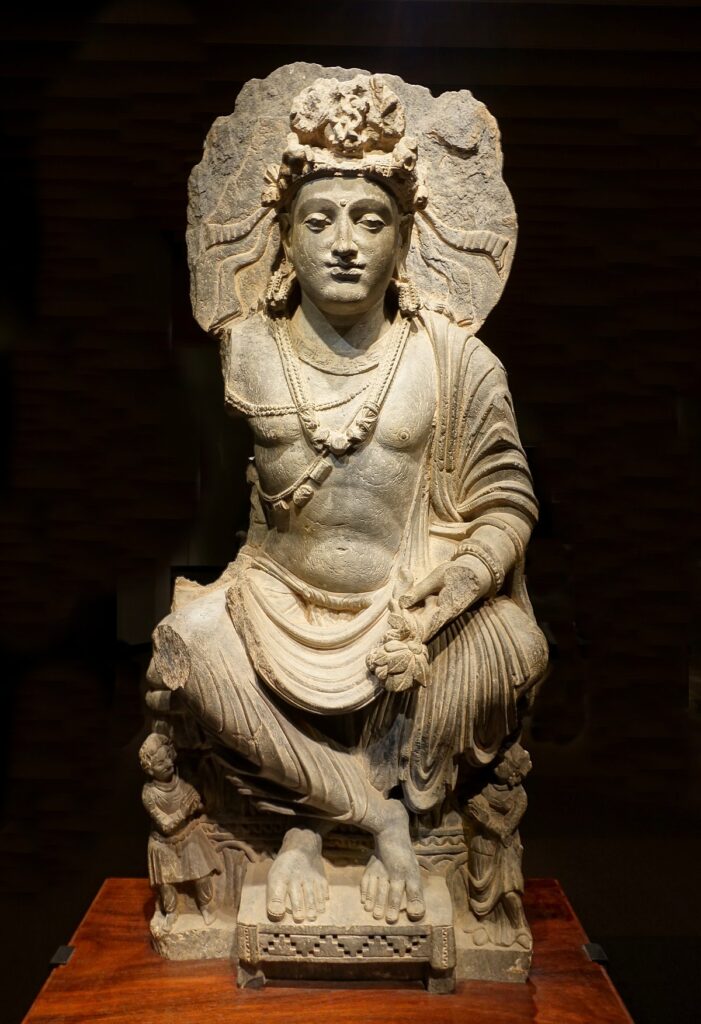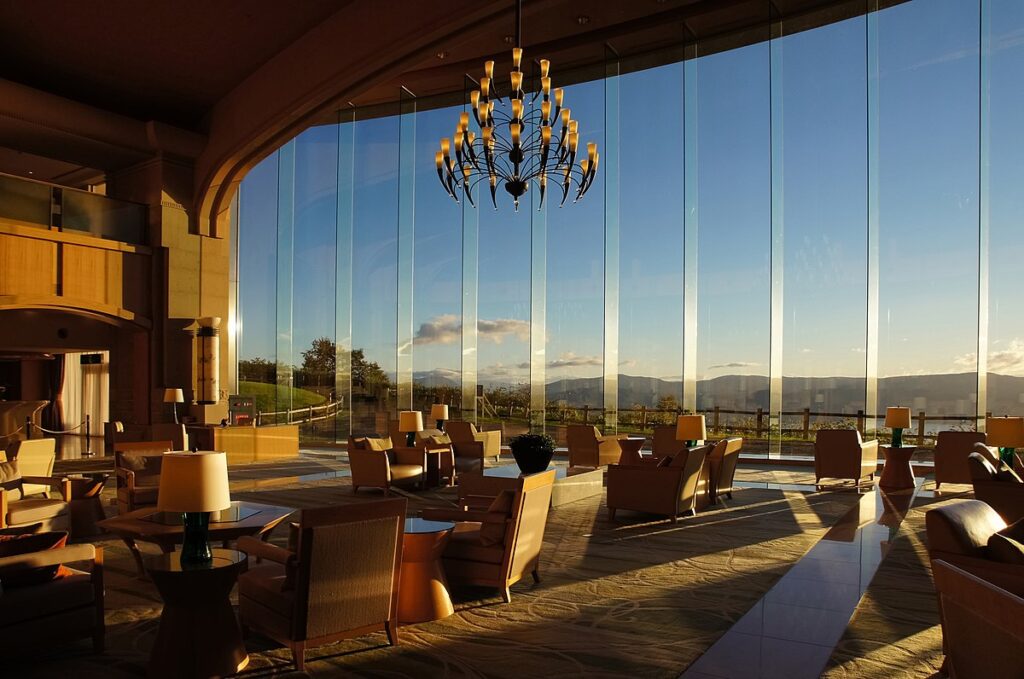-

Showa Memorial Park (Tachikawa City, Tokyo)
Overview (History, Features, and Attractions) Showa Memorial Park, located in Tachikawa City, Tokyo (and part of Koganei City), is one of Tokyo's largest national parks. It was opened in 1983 after being redeveloped from the site of the former Tachikawa Airfield and U.S. military base. The park features lawn plazas, flower beds, a pond, and a Japanese garden... -

Ryugaiwa Cave (Hamamatsu City, Shizuoka Prefecture)
Ryugashido Cave (Hamamatsu City, Shizuoka Prefecture) Overview (History, Features, and Attractions) Ryugashido Cave is a tourist limestone cave located in Hamamatsu City, Shizuoka Prefecture. It is a natural cave formed over many years by groundwater dissolving limestone. It has been equipped with walking paths and lighting for tourists, ensuring a stable cave environment throughout the year. -

Shodoshima Olive Park (Tonosho Town, Shozu District, Kagawa Prefecture)
Overview (History, Features, and Attractions) Shodoshima Olive Park (Tonosho Town, Shozu District, Kagawa Prefecture) is one of Shodoshima's most famous tourist spots in the Seto Inland Sea. It is a park that showcases olive cultivation and its culture. Shodoshima is known as one of the birthplaces of olive cultivation in Japan, and the island's warm and rainy climate... -

Tokyo National Museum (Taito Ward, Tokyo)
Tokyo National Museum (Taito Ward, Tokyo) Overview (History, Features, and Attractions) The Tokyo National Museum, one of Japan's oldest museums, was founded in 1872 and is located in Ueno Park, Taito Ward, Tokyo. It houses a vast collection of Japanese art, archaeology, and Oriental art, including national treasures and important cultural properties... -

Yonaha Maehama (Miyakojima City, Okinawa Prefecture).
Overview (History, Features, and Attractions) Yonaha Maehama is a representative beach in Miyakojima City, Okinawa Prefecture, characterized by a long stretch of pure white coral sand and crystal clear emerald blue waters. The beach stretches for several kilometers, and the shallow, calm waters make it ideal for walking and swimming... -

National Museum of Western Art (Taito-ku, Tokyo)
Overview (History, Features, and Appeal): The National Museum of Western Art, located in Ueno Park in Taito Ward, Tokyo, is Japan's leading national art museum specializing in Western art. The main building, designed by Le Corbusier and built in 1959, was registered as a UNESCO World Heritage Site in 2016 as part of Le Corbusier's architectural works. The architecture itself... -

Hirado Castle (Hirado City, Nagasaki Prefecture)
Overview (History, Features, and Attractions) Hirado Castle (Hirado City) is a historic structure built on a hill overlooking the city of Hirado Island. It served as the base of the Hirado Domain and Matsuura clan, and played a central role in politics and defense during the Edo period. Hirado was also known as a port town that traded with countries such as the Netherlands and Britain during the Edo period. -

Lake Toya (Toyako Town, Hokkaido)
Lake Toya (Toyako Town, Hokkaido) Overview (History, Features, and Attractions) Lake Toya is a caldera lake located in Toyako Town, Abuta District, southern Hokkaido, and its surrounding area is part of Shikotsu-Toya National Park. Formed inside a caldera caused by volcanic activity approximately 11,000 years ago, the lake has an almost circular surface and a central... -

Tanesashi Coast (Hachinohe City, Aomori Prefecture)
Overview (History, Features, and Attractions) Tanesashi Coast is a coastal landscape stretching across the southeastern part of Hachinohe City, Aomori Prefecture. It features a unique landscape of green grassland (natural lawn) facing the sea, rough shores, and rocky reefs. Since ancient times, the grasslands along the coast have been used for hay harvesting and grazing, resulting in... -

Ozegahara (Katashina Village, Gunma Prefecture)
Overview (History, Features, and Attractions) Ozegahara is a high-altitude marshland that stretches across the Oze region, including Katashina Village, Tone District, Gunma Prefecture, and boasts one of Japan's most beautiful natural landscapes. The landscape, interwoven with marshes and ponds formed during the post-glacial period, is rare, and the entire Oze region was designated Oze National Park in 2007.





